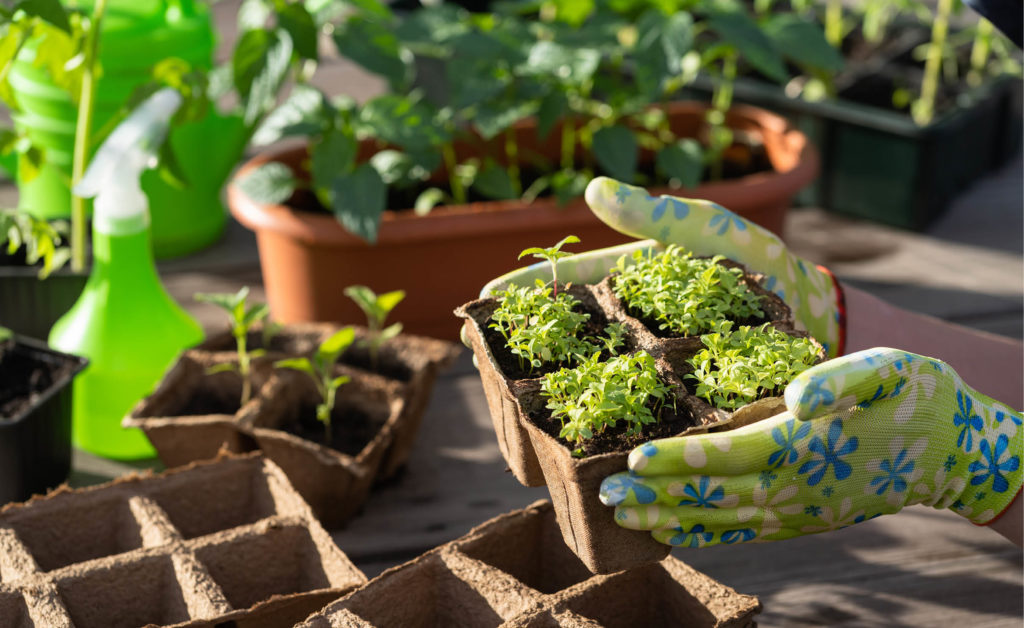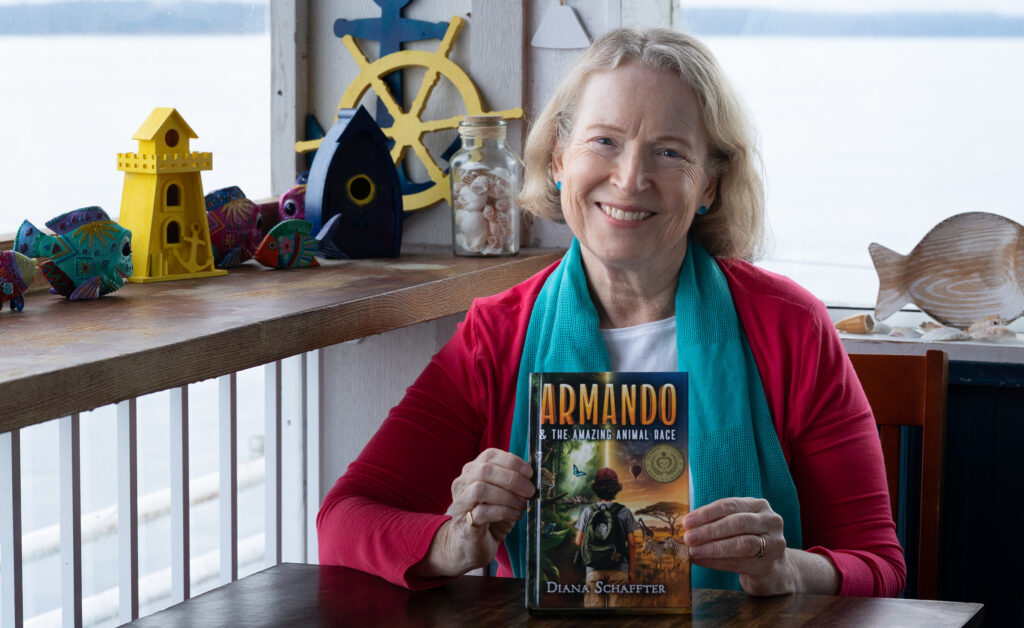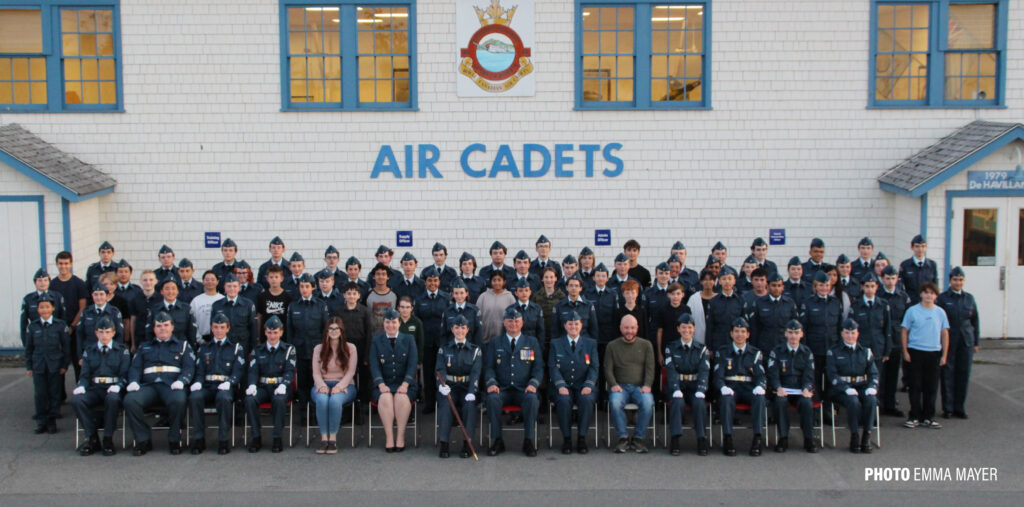by Chris Sigurdson, Peninsula Landscape Supplies –
It’s spring again and many of us have already started planting our vegetable gardens. It was amazing to see how many people took an interest creating vegetable gardens last year, and I certainly hope you all keep them up. We started planting ours in the last week of February. Perhaps a little premature, but crop cover should protect everything from the elements.
Vegetable starts are plants that have been grown in a controlled indoor environment for transplanting outside at a later date. Using vegetable starts in conjunction with traditional direct sowing of seeds can offer many benefits in terms of the quantity of produce you can harvest throughout the course of the growing season.
Typically, I tend to direct sow anything that I am planting; the reason being I do not have enough appropriate indoor space with sufficient light to grow starts successfully. Furthermore, there are many vegetables that simply are not suitable for transplanting and should be directly sown, such as root crops.
Growing vegetables by direct sowing can be hindered by environmental conditions such as soil temperature and the moisture content, which are key factors in the successful germination of seed. Also, there is the fear of frost which can kill certain plants if they were sown outdoors too early. If you plan solely to direct sow, make sure that you have a planting plan in mind. Take into account the weather, and plant your seeds accordingly.
Starts offer you the luxury of an accelerated harvest. When the conditions are favorable, you can plant those pre-germinated veggies out and be weeks ahead of the game. By combining the use of starts with direct sowing, you can succession plant and greatly increase the amount of produce you can harvest throughout the growing season. We know that using starts will result in an earlier reward for your hard work, and an early start will free up valuable space in the garden sooner. You can take advantage of that space and sow another crop immediately.
In addition to climate considerations, there are post-germination chores that you must attend to when direct sowing. Have you ever tried to plant a row of lettuce, or carrots? Those seeds are SMALL! Good luck planting all your carrot seeds exactly 0.5 inches apart unless you have a row seeder. We backyard farmers will space seeds as well as possible manually, but inevitably they will be overcrowded. It is necessary to thin your rows after germination to ensure proper development. Overcrowding leads to excessive competition for moisture, light and nutrients, resulting in a poor harvest. This is another example of when vegetable starts come in handy. Once the temperatures are conducive, you can take your starts outside and space them perfectly!
So mix it up, experiment and have fun. You will develop a system that works for you. And remember, if you do not have anywhere to grow starts indoors, there are always plenty available in the spring at your local roadside farm stand.




